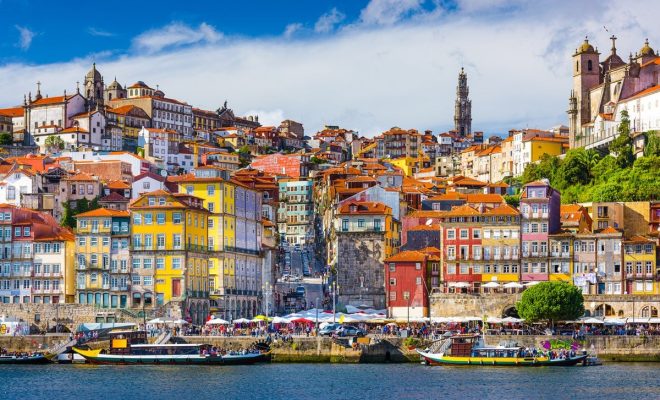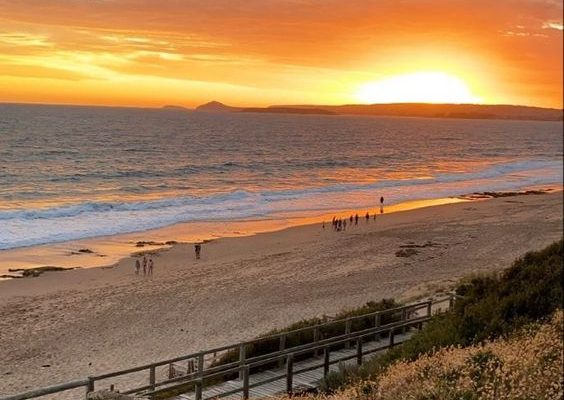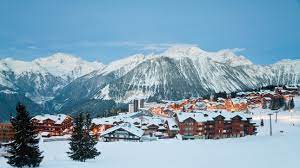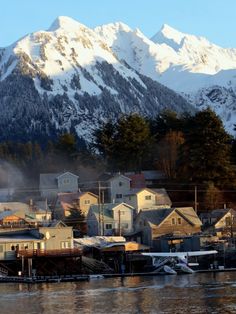What are the Best Times to See Northern Lights in Canada
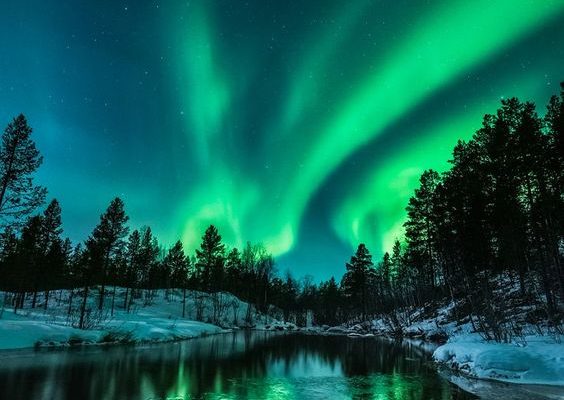
The Northern Lights, or Aurora Borealis, are one of nature’s most spectacular phenomenons, with vibrant colors dancing across the sky. In Canada, the best times to experience this awe-inspiring natural light show are typically during the late fall to early spring months, with peak visibility from December through March. This is when nights are longest and skies darkest due to the winter solstice.
The aurora is most active around the equinoxes in March and September, and clear skies are a crucial factor for viewing. The ideal time of night to witness the Northern Lights is usually between 10 pm and 2 am local time. During this window, geomagnetic activities tend to be stronger, increasing the chance of seeing an intense display.
Remote areas with minimal light pollution offer the best chance for a clear view of the auroras. Popular destinations in Canada include Whitehorse and Dawson City in Yukon; Yellowknife in Northwest Territories; Churchill in Manitoba; and northern regions of provinces like Alberta, Saskatchewan, Newfoundland and Labrador.
Cold weather often coincides with clearer skies, so winter offers numerous opportunities to see the Northern Lights. However, visitors should be prepared for the cold temperatures and plan accordingly with appropriate clothing and gear.
In summary, to maximize your chances of witnessing the Northern Lights in Canada:
– Plan your visit between late fall and early spring.
– Aim for dates close to the equinoxes in March or September.
– Watch the sky between 10 pm and 2 am when geomagnetic activity is highest.
– Choose locations far from city lights with known aurora activity.
– Be prepared for cold weather conditions during prime viewing seasons.
Seeing the Aurora Borealis can be an unpredictable venture, yet by following these guidelines, you will have the best odds of enjoying this magical celestial dance.

